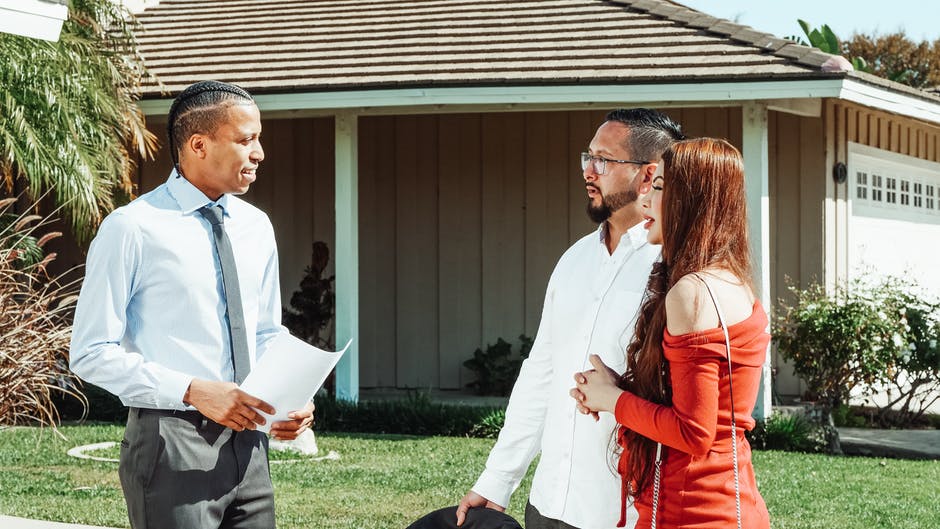You must schedule inspections if you own one of the nation's 48.2 million rental properties. Otherwise, you will be walking into a world filled with consequences. Tenant dissatisfaction, safety, and even legal matters could be staring at you.
Making rental property inspections is the key to unlocking the solution. Doing this undesirable yet necessary job ensures your investment is in good condition.
But how often should you schedule a visit?
Read our rental property inspection timeline to find out!
Pre-Lease Inspection
Before the move-in date, it is customary for you or your manager to inspect the rental property. This is to document the property's condition and any existing damages.
Create a move-in checklist that the tenant can review and sign. In return, this ensures that both parties are aware of the conditions before moving in.
Regular Inspections During the Lease Term
Regular inspections throughout the year are the most vital of the bunch. During these visits, your primary concern should be rental property maintenance.
Studies show that owners spend over USD 3,000 on repairs and upkeep annually. Therefore, making set checks at the beginning of every quarter or at least every six months is crucial to avoid increasing bills.
A rental property inspection checklist will ensure you don't overlook features. The following are some of the most essential items to check out:
- Safety-fire alarms and locks
- Appliances
- Plumbing
- Structural integrity
- Electrical Systems
- Heating and cooling
- Pest Control
Last-Minute Checks
It's not uncommon for landlords to do last-minute checks. Nevertheless, there are rental property inspection laws you must respect.
Local laws and differing rental agreements affect the legal rules. So examine the contract and do your homework on the vicinity.
Most cities require owners to give renters a 48-hour warning to respect their privacy. In addition, this allows you more time to inspect the home properly and follow your checklist. In Las Vegas, NV, you are required to give a minimum of 24 hours' notice unless there is an emergency.
Last-minute checks shouldn't be regular and should only happen once a year.
Moving Out Inspections
Just before the tenant moves out, conduct a once-off move-out assessment. A move-out inspection is arguably the most significant one you'll make.
Many make the mistake of waiting until a tenant moves out before making an inspection. By this time, bad tenants will be long gone, and you will have to endure the potential damages.
Post-Move-Out Inspection
Finally, to finish the rental property inspection timeline is a post-move-out review. Inspect the space to determine if you need to make a deduction from the deposit for repairs and cleaning.
If you don't check now, and the space is vacant, unwanted odors could appear. This will deter potential residents from considering your property.
Conduct the Right Number of Rental Property Inspections in Las Vegas, Nevada
The duration of the tenant's stay and repairs can change how much you should conduct rental property inspections. So, it's no surprise landlords are unsure how much to do so.
Now you know you should examine the home three times between moving in and out. The bulk varies, but you can expect three visits a year and possibly a last-minute check.
But did you know that you don't have to handle any inspections?
Hire Avalon Realty & Oaktree Management to enjoy all the pros and none of the cons of being a landlord!






 Bonnie is the visionary that has driven the company and culture of Avalon since 1993. Her passion is improving procedures and practices; incorporating technology and value added services for both our clients and tenants.
Bonnie is the visionary that has driven the company and culture of Avalon since 1993. Her passion is improving procedures and practices; incorporating technology and value added services for both our clients and tenants.